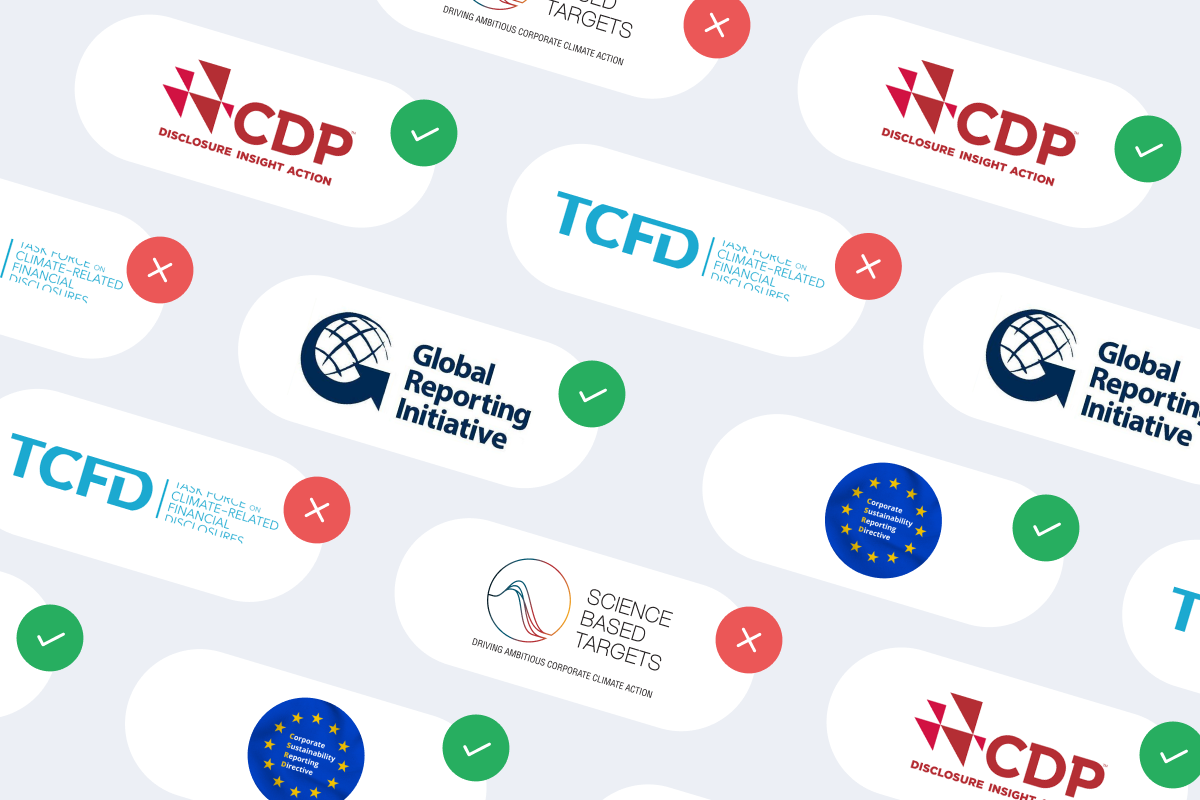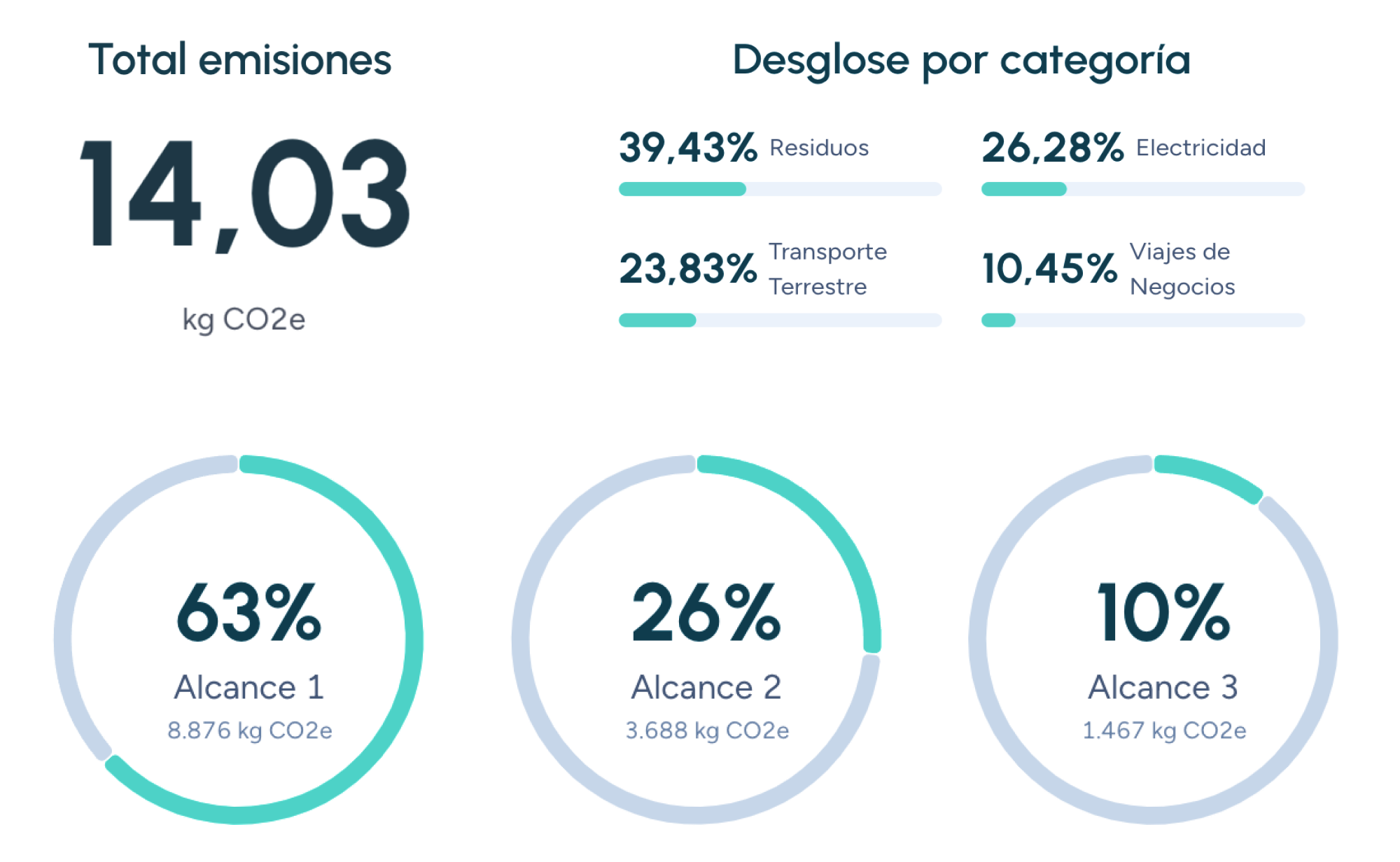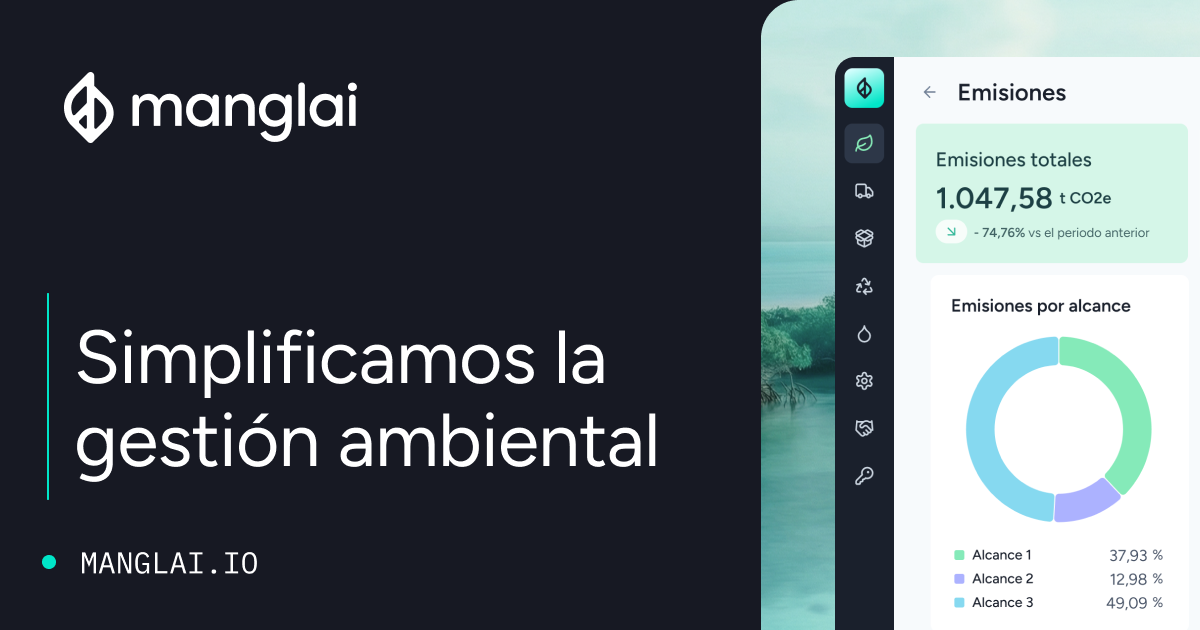Q
QHSE (Quality, Health, Safety, and Environment)
The term QHSE (Quality, Health, Safety, and Environment) refers to an integrated management system that combines quality, health, safety, and environmental practices within an organization. This approach ensures that companies operate efficiently, safely, and sustainably, minimizing risks and maximizing their positive environmental and social impact.
In today’s landscape, where sustainability and carbon footprint measurement are increasingly relevant, QHSE has become an essential framework for companies seeking to comply with regulations, improve environmental performance, and foster a culture of corporate responsibility.
Key components of the QHSE management system
The QHSE system integrates four core areas within an organization:
- Quality: Ensures that a company’s products and services meet established customer expectations, regulations, and international standards.
- Health: Protects and promotes employee well-being by ensuring safe and healthy working conditions.
- Safety: Focuses on minimizing workplace risks and preventing accidents.
- Environment: Encourages sustainable practices to reduce environmental impact, including waste management, resource efficiency, and carbon emissions reduction.
QHSE standards and regulations
QHSE is based on various international standards that guide its implementation. Some of the most relevant include:
- ISO 9001: International standard for quality management.
- ISO 45001: Standard for occupational health and safety management.
- ISO 14001: Environmental management standard focused on sustainability and reducing environmental impact.
- GHG Protocol: A framework for measuring and managing greenhouse gas (GHG) emissions, essential for environmental management within QHSE.
The role of QHSE in sustainability and carbon footprint measurement
One of the most significant aspects of QHSE today is its contribution to corporate sustainability. In particular, the environmental pillar of QHSE is directly linked to carbon footprint measurement and reduction, which is a key indicator of an organization's environmental impact.
Carbon footprint measurement within the QHSE framework
The carbon footprint measures the total GHG emissions generated by a company, either directly or indirectly. According to the GHG Protocol, these emissions are classified into three scopes:
- Scope 1 emissions: Direct emissions from sources controlled by the company, such as vehicles or industrial boilers.
- Scope 2 emissions: Indirect emissions from purchased electricity, heating, cooling, or steam.
- Scope 3 emissions: Other indirect emissions, including supply chain emissions, business travel, and product use-phase emissions.
Decarbonization strategies and emission reduction plans
Beyond measuring carbon emissions, QHSE promotes the implementation of reduction plans and decarbonization strategies aligned with corporate environmental goals. These initiatives include:
- Optimizing energy consumption
- Transitioning to renewable energy sources
- Efficient waste management and recycling
- Collaborating with suppliers to reduce supply chain emissions
Benefits of implementing a QHSE management system
Implementing a QHSE system offers numerous advantages for organizations, including:
- Regulatory compliance: Helps businesses meet local and international regulations, avoiding penalties and improving reputation.
- Cost reduction: Process optimization and efficient resource management lead to significant financial savings.
- Enhanced corporate reputation: Companies that adopt sustainable and responsible practices are perceived more positively by customers, investors, and stakeholders.
- Risk prevention: An integrated approach to health, safety, and environment reduces the likelihood of accidents and legal issues.
- Contribution to sustainability: QHSE fosters a culture of environmental responsibility, helping companies minimize their negative impact on the planet.
How to implement a QHSE management system?
Implementing a QHSE management system requires a structured and strategic approach. Key steps include:
- Initial assessment: Conducting a diagnostic review to identify areas for improvement in quality, health, safety, and environment.
- Defining objectives: Establishing clear and measurable goals aligned with corporate values and priorities.
- Employee training: Ensuring that all employees understand the importance of QHSE and how they can contribute to its implementation.
- Integrating technologies: Leveraging advanced tools for data management, impact analysis, and customized reporting.
- Monitoring and continuous improvement: Regularly evaluating the QHSE system’s performance and making necessary adjustments.
Manglai: Tools to help your business meet QHSE goals
QHSE is more than just a management system—it is a comprehensive framework that enables companies to operate responsibly, efficiently, and sustainably.
In a world where sustainability and carbon footprint reduction are global priorities, adopting a QHSE approach is not just a competitive advantage, but a necessity for long-term success.
With advanced solutions like those offered by Manglai, companies can:
- Effectively integrate carbon footprint measurement
- Manage decarbonization projects
- Generate auditable sustainability reports
By aligning with the highest environmental standards, businesses can actively contribute to climate action while improving their overall performance and reputation.
Companies that trust us

AWARE (Available Water Remaining)
AWARE is a Life Cycle Assessment (LCA) characterisation method that weights the impact of water consumption according to the residual water availability in the local basin.
B Corp Certification
B Corp Certification is a global standard that validates companies for their commitment to sustainability and social responsibility, promoting practices that reduce carbon footprints and create a positive impact on society and the environment.
CBAM: EU Carbon Border Adjustment Mechanism
Analyse how the EU taxes imports according to their carbon footprint, the sectors affected, and the steps companies must take to prepare for 2026.
Guiding businesses towards net-zero emissions through AI-driven solutions.
© 2026 Manglai. All rights reserved
Política de Privacidad


